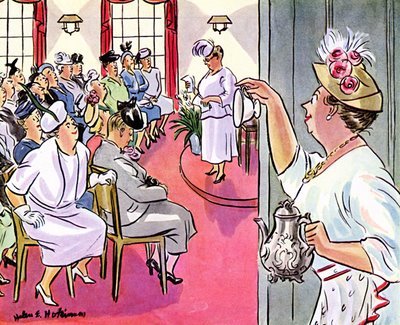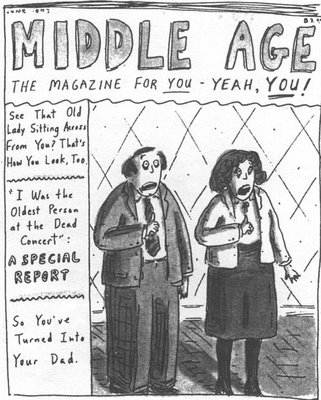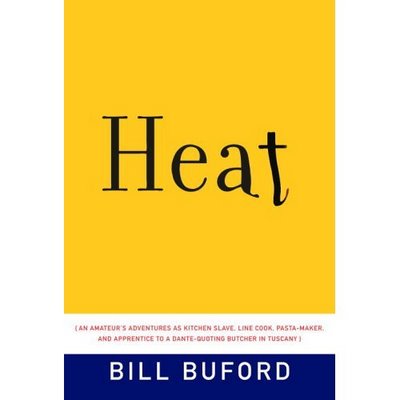I'm no stranger to smoothies. The first ones I made, decades ago, tended to involve frozen strawberries and/or bananas, and some kind of dairy product - buttermilk, yogurt, skim milk.... The idea was to have a yummy and easy way to get some fruit and some dairy into your diet. But
green smoothies? These are utterly new to me. And the ones H made for us were delicious - good enough to warrant further research and experimentation.
They seem to be part of the "raw foods" movement. Not something I know a lot about, or
want to know more about. Give up cooking? No way! I understand that the inventor is a none-too-svelte Russian woman who has such bad teeth that she is unable to chew vegetables without pain; hence she began to throw them into smoothies, along with the fruit. Should this inspire confidence?
The very simple premise is that you make an ordinary fruit smoothie and add fresh greens to the mix. The usual proportion is something like 60/40 fruit/greens. The remarkable result is that as long as you don't go overboard with the greens (usually lettuce, bok choy, kale, spinach, arugula, watercress, chard, or parsley) the flavor of the fruit will prevail and the greens will provide two things: the typical bright green color, and a je ne sais quois "grassy", or "fresh" quality.
You can follow a
detailed discussion of the trend and find a bunch of sample recipes here. As you will discover, practically anything goes.
The ones H made began (and these are proportions for two) with a blender stuffed 3/4 full with torn kale leaves (no ribs) to which she added 1 T flaxseed oil and 1 cup almond milk. She liquified this, then added 1 peeled Valencia orange, a banana, a handful of blueberries, and a couple of ice cubes. Then she blended it all together til smooth. The dominant taste was of the orange. With not unpleasant grassy overtones. I commented that I thought you could serve it up as a cold soup at a fancy dinner and get raves. It really was that good.
I'm wondering about the almond milk, though. It's true that it's tasty and sweet, but it's not as calcium-rich as regular milk or yogurt which, for me, might be a better choice. After all, I have no issues with dairy. I think the flax is a good idea (I'm using the seed, not the oil); it's any easy way to sneak in some healthy Omega 3's. The greens are a novelty to be sure, and full of healthy vitamins, minerals, and antioxidants, but I need to remember that I don't have any special problem with eating greens in other ways; I make lots of soups, stews, stir-frys. I don't see a need to suddenly make
all my smoothies green ones.
But I'm intrigued. I plan to play around with it. Not go overboard - all things in moderation, after all. If you try it and make a good one, be sure to post the results here!
Update: though I'm already a little bored with these I am interested in the comment about the lemon. I made some wonderful butternut squash soup today (an "orange smoothie", if you will) and felt it needed a little something at the end. A splash of orange juice brightened it right up; some fresh lime juice would have done the same. I am reading (simultaneously) Bill Buford's "Heat" and Sally Schneider's "The Improvisational Cook". Both have me thinking a lot about how flavors work together - balancing the sweet, the salty, acidity, heat. For these smoothies to be successful they have to really work on every level; it's not enough just to cram a lot of nutrition in there. I'm thinking that developing a repertoire of savory "shakes" (soups, really - more like gazpacho) might be a direction to move in. But I also think it's a texture thing; you can't just puree everything you eat unless your teeth hurt nonstop.























 Interesting article in the NYT today
Interesting article in the NYT today
